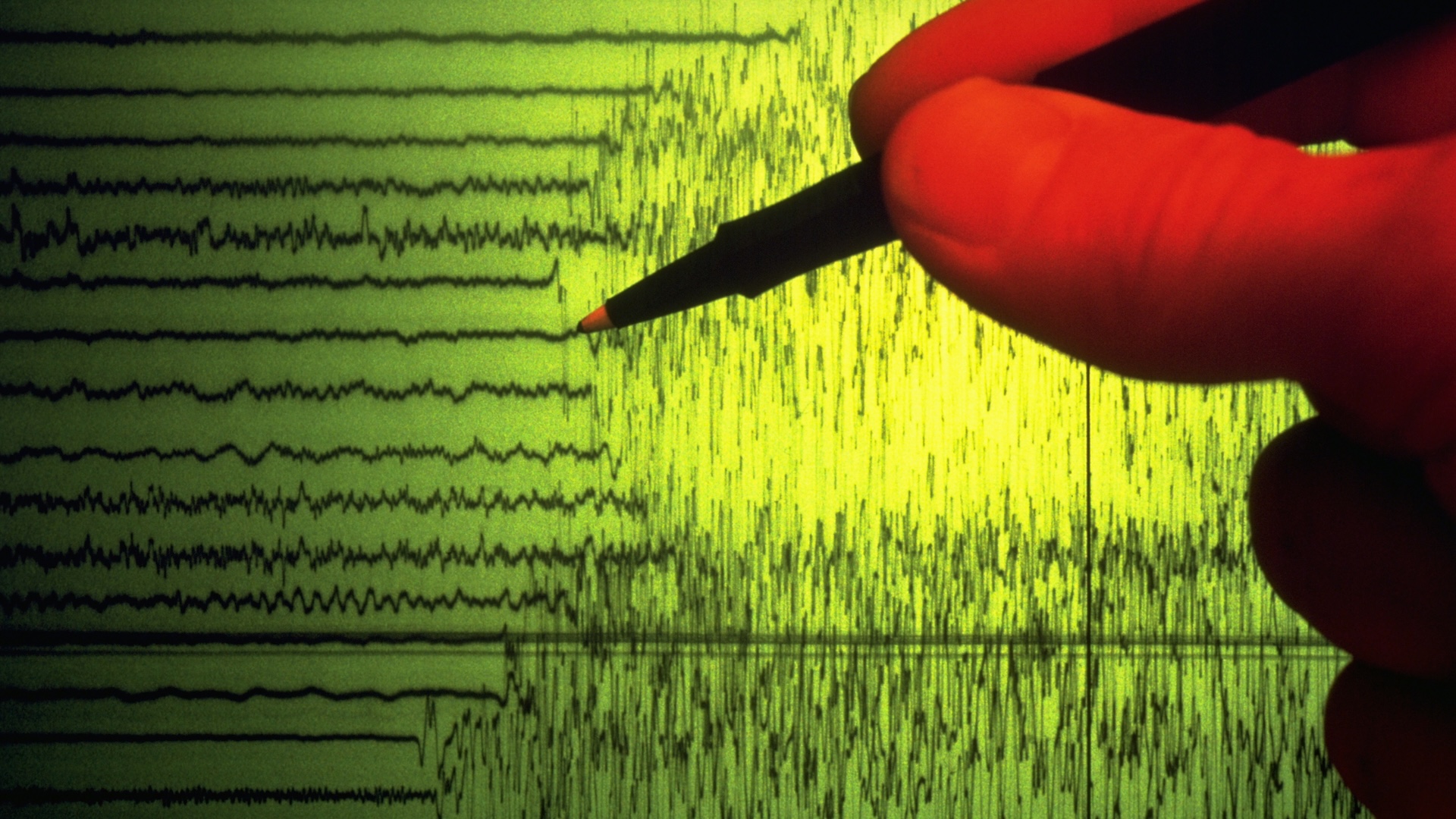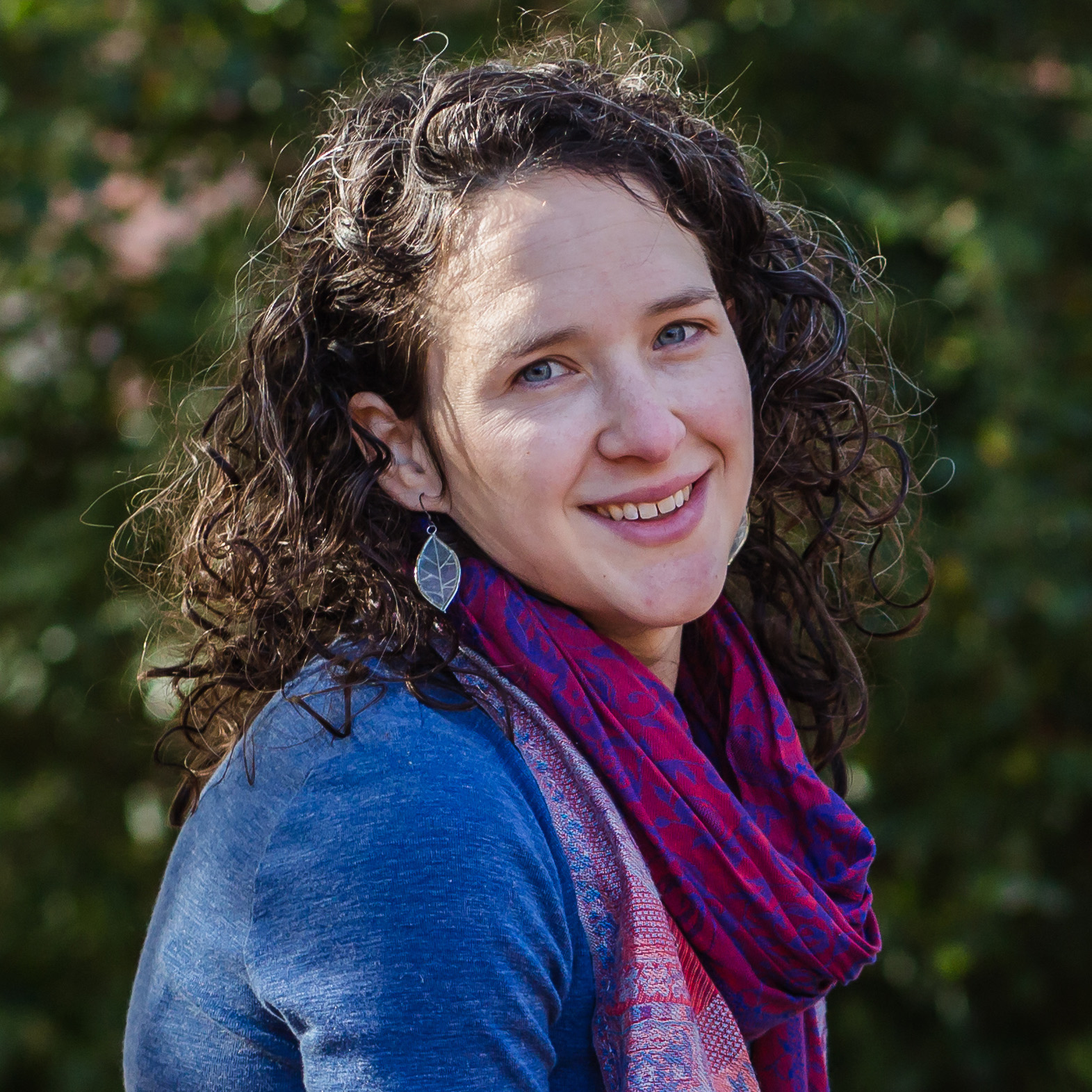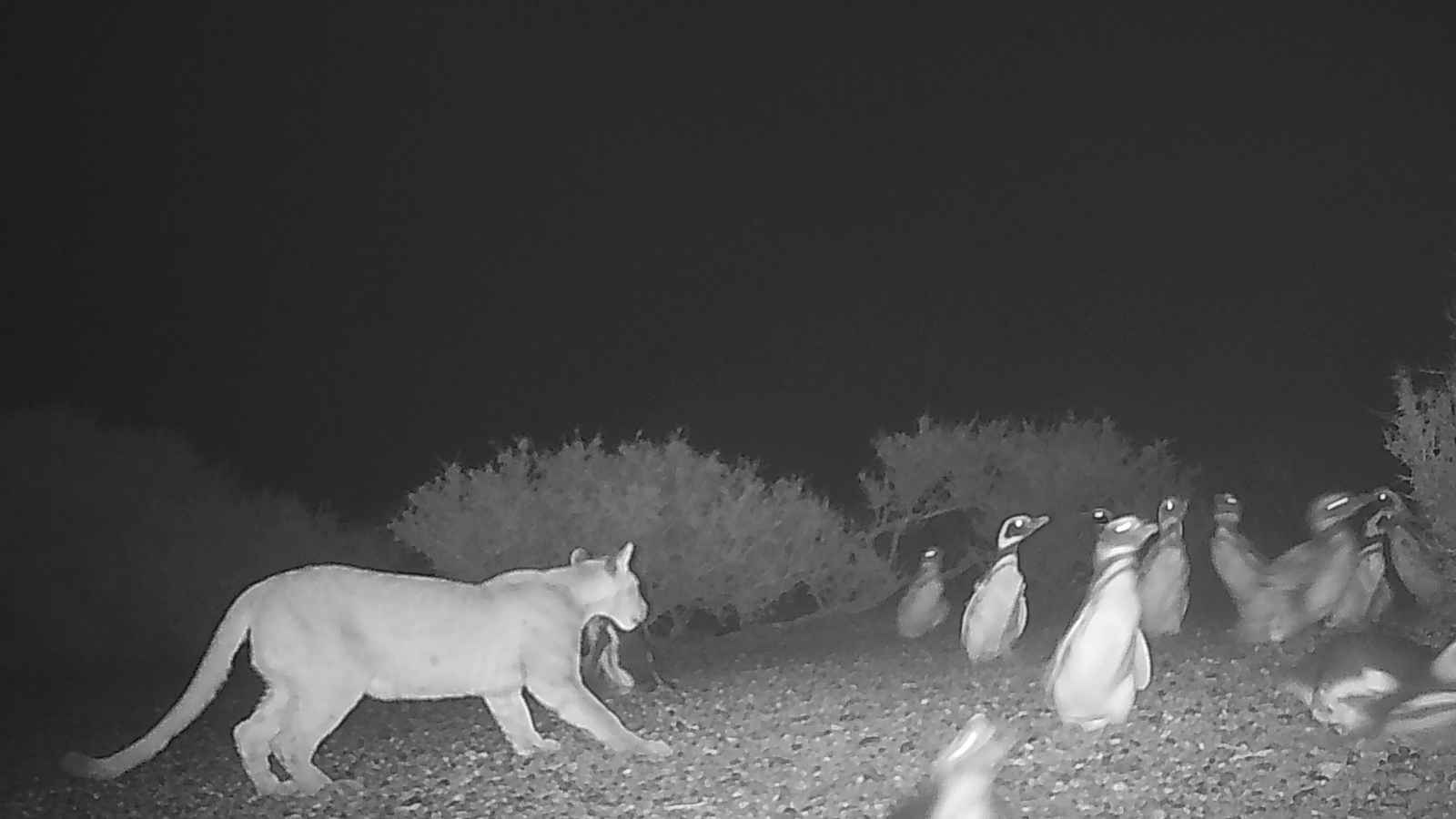'The Big One' could rock the Pacific Northwest and fuel sea-level rise and massive flooding
The geology of the Cascadia subduction zone has largely staved off climate-related sea-level rise in the Pacific Northwest, but that could reverse in an instant.

A catastrophic earthquake in the Cascadia region of the Pacific Northwest could lower the ground near the coast by up to 6.6 feet (2 meters). Combined with rising seas caused by climate change, that could create long-term flooding problems for coastal areas in northern California, Washington and Oregon, a new study finds.
Such a quake would triple the amount of land in the 100-year floodplain in the Pacific Northwest by 2100, according to the study.
"We talk a lot about the tsunami and about the shaking, but this subsidence could persist for decades to centuries," Tina Dura, a coastal geologist at Virginia Tech who led the research, told Live Science. "And that's going to be something that's going to totally change these coastal communities."
Unlike other coastal areas, the Pacific Northwest has largely escaped the impacts of rising sea levels caused by climate change. That's because of the area's geology. The coastal Pacific Northwest is a subduction zone where oceanic tectonic plates (in this case, the Juan de Fuca and Gorda plates) sink under continental plates (in this case, the North American Plate).
The last time this Cascadia subduction zone shook off a major earthquake was in 1700. Since then, the coastline has been rising by 0.04 to 0.12 inch (1 to 3 millimeters) a year, slightly outpacing climate-driven sea-level rise in many areas. Climate change is set to have its day, however, Dura said: By 2030, the sea level will be rising faster than Cascadia's uplift.
Geologists have long known that a major Cascadia earthquake could cause the coastline to drop. It's happened in many major subduction-zone earthquakes before, including the 1960 magnitude 9.5 Great Chilean Earthquake, the most powerful earthquake ever recorded. The 2004 Indian Ocean earthquake and tsunami that killed more than 227,000 people also caused the land to slump by as much as 6 feet (1.8 m) in Sumatra, Indonesia. Geological evidence from the 1700 quake in the Pacific Northwest shows forests becoming mudflats after slumping below sea level.
Get the world’s most fascinating discoveries delivered straight to your inbox.
But no one had quantified how this slumping, known as subsidence, would interact with rising sea levels driven by climate change. Dura and her team compared the amount of land that would end up in the Federal Emergency Management Agency (FEMA) 100-year floodplain if a magnitude 8 Cascadia earthquake were to happen today versus in 2100, when climate-driven sea-level rise is expected to reach between 1.3 and 2.9 feet (0.4 to 0.9 m) in Cascadia's estuaries.
They found that in the worst-case scenarios of up to 6.6 feet of subsidence, the area in the 100-year floodplain would increase by 145 square miles (370 square kilometers), compared with 115 square miles (300 square km) if the quake were to strike today. The designation of a 100-year floodplain means that an area has a 1% chance of flooding in a given year.
The expansion of the floodplain would put an additional 17,710 residents in the path of flooding. Right now, 8,120 people call these floodplains home. The expanded floodplain also holds crucial infrastructure, such as wastewater treatment plants, electrical substations, and municipal airports. Many of these areas would be immediately impacted by a tsunami from a major Cascadia quake, Dura said, but continued flooding in the aftermath could affect evacuation, rescue and rebuilding.
"Could something like air response be interrupted?" she said. These expanded floodplain maps could help emergency managers and city planners prepare for the worst, she added.
The results were published April 28 in the journal PNAS.

Stephanie Pappas is a contributing writer for Live Science, covering topics ranging from geoscience to archaeology to the human brain and behavior. She was previously a senior writer for Live Science but is now a freelancer based in Denver, Colorado, and regularly contributes to Scientific American and The Monitor, the monthly magazine of the American Psychological Association. Stephanie received a bachelor's degree in psychology from the University of South Carolina and a graduate certificate in science communication from the University of California, Santa Cruz.
You must confirm your public display name before commenting
Please logout and then login again, you will then be prompted to enter your display name.


